Artists

Alessandro Algardi (1598–1654) – unappreciated master of the Baroque art
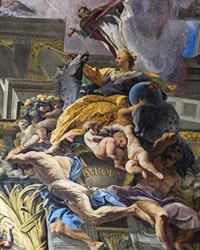
Andrea Pozzo (1642–1709) – a master of painting illusion
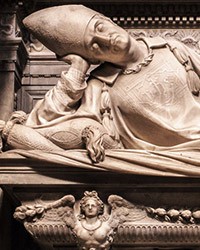
Andrea Sansovino (approx. 1467–1529) – the one who was able to bring the dead back to life
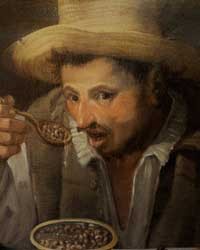
Annibale Carracci (1560–1609) – a straightforward recluse in the world of Roman splendor
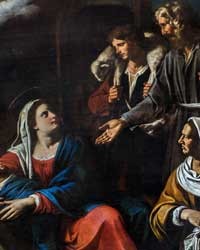
Antiveduto Grammatica (1571–1626) – an expert on heads with an extraordinary name
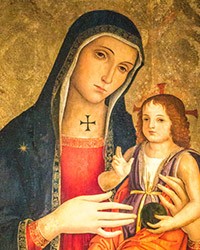
Antoniazzo Romano (1430? – 1512?) – an outstanding imitator of great masters
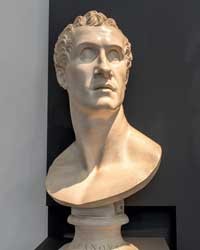
Antonio Canova (1757–1822) – praised by his contemporaries, disregarded by later generations
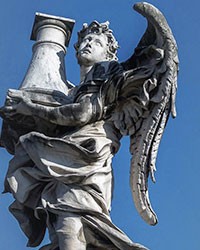
Antonio Raggi (1624–1686) – a second pair of hands for master Bernini
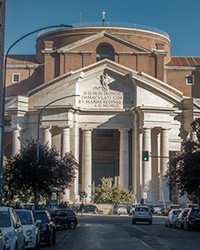
Armando Brasini (1879–1965) – creator of a bombastically draped architecture
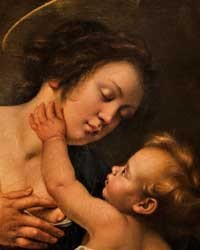
Artemisia Gentileschi (1593–1653) – an unwomanly painter, humiliated and forgotten for centuries
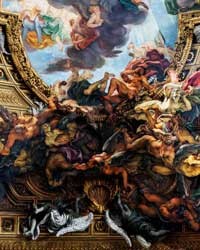
Baciccio (1639–1709) – the creator of heaven and hell on Earth

Bartolomeo Ammannati (1511–1592) – the beginnings of an outstanding career of a great Italian Mannerist
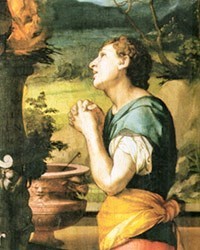
Bronzino (1503–1572) – subtle, refined, and mysterious
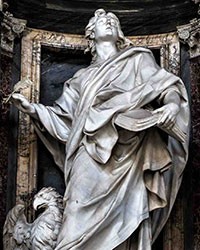
Camillo Rusconi (1658–1728) – a little known genius of the turn of the centuries
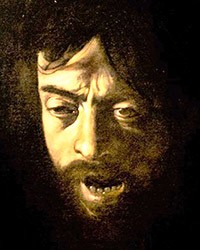
Caravaggio (1571–1610) - a subtle interpreter of the Bible and a common criminal
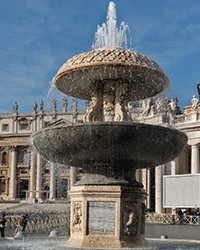
Carlo Maderno (1556–1629) – a sought-after, hard-working and talented architect
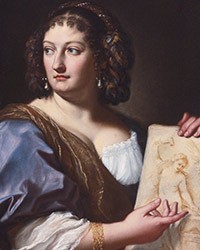
Carlo Maratti (Maratta) (1625–1713) – an outstanding portraitist and a father of an equally outstanding daughter
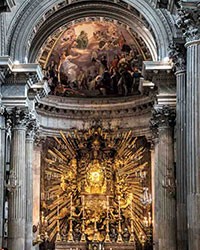
Carlo Rainaldi (1611–1691) – an architect with a love for music
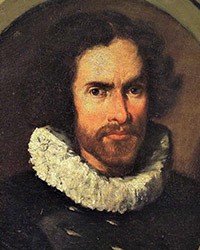
Carlo Saraceni (1579–1620) – an artist somewhere between verismo and idealism
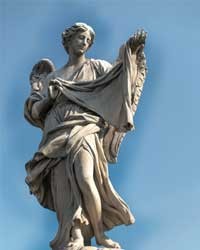
Cosimo Fancelli (1618–1688), a great, but second-tier master of the Roman Baroque
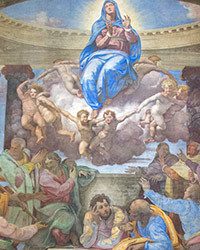
Daniele da Volterra (1509–1566) – sentenced to many years of ridicule
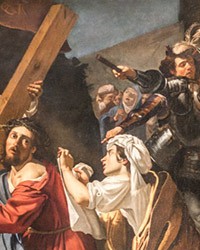
Dirck van Baburen (approx. 1592/93–1624) – a short, intense life of a Caravaggionist from the North
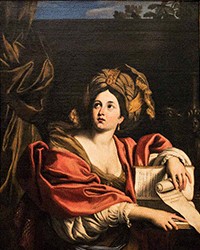
Domenichino (1581–1641), the Roman rise and Neapolitan fall of little Dominic
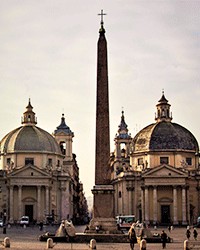
Domenico Fontana (1543–1607) – an exceptional architect of an entrepreneurial pope
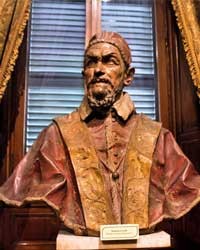
Domenico Guidi (1625–1701) – meaning Bernini in the French style
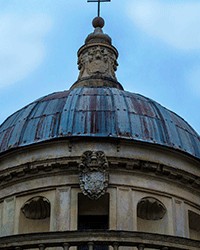
Donato Bramante (1444 –1514) – a famous wrecker, who changed the face of Rome
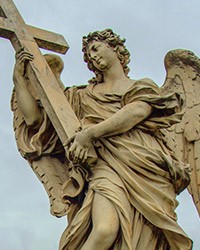
Ercole Ferrata (1610–1686) – an imitator of extraordinary talent
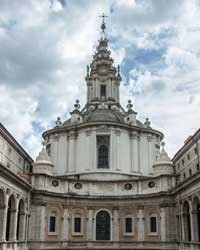
Francesco Borromini (1599–1667) – a distrustful melancholic and an extravagant architect
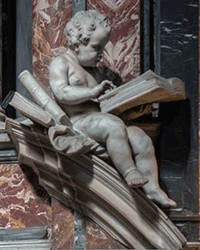
Francesco Cavallini (1640–1703) – a sculptor of garlands and swaying saints
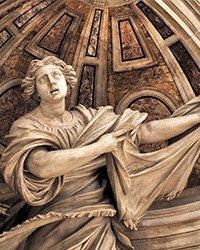
Francesco Mochi (1580–1654) – ousted, forgotten, disconsolate
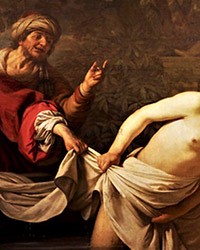
Gerrit (Gerard) van Honthorst (1590–1656) – a restrained nocturnal painter
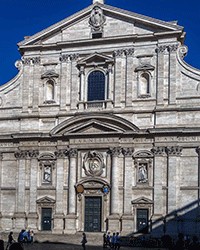
Giacomo della Porta (1533–1602), an author of Roman fountains and the most famous façade in the history of art
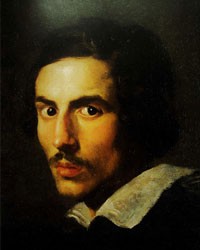
Giovanni (Gian) Lorenzo Bernini (1599–1680) – Impulsive, arrogant and ingenious favorite of the popes
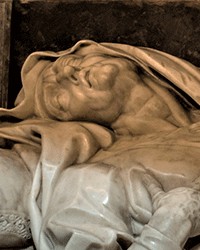
Giovanni Battista Maini (1690–1752) – elegance of late Baroque
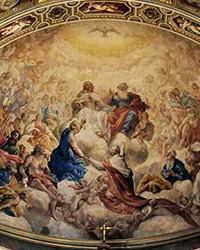
Giovanni Lanfranco (1582–1647) – painter of the Church triumphant
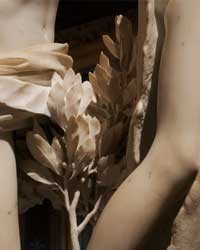
Giuliano Finelli (1602–1653) – a sculptor of lace, leaves and collars, but also more
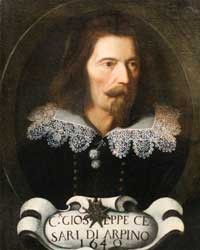
Giuseppe Cesari (1568–1640) – in the past popular, today a forgotten favorite of the popes
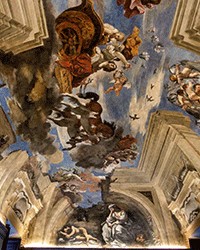
Guercino (1591–1666) – short career of the Pope’s chosen one in Rome
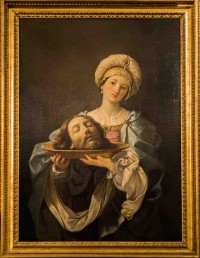
Guido Reni (1575–1642) – a gambler with subtle manners
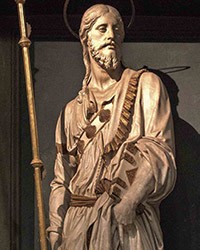
Jacopo Sansovino (1486–1570) – unappreciated in Rome, famous in Venice
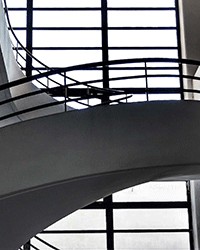
Luigi Moretti (1907–1973) – a rationalist, Fascist and postmodern architect
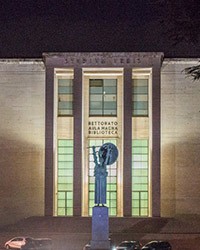
Marcello Piacentini (1881–1960) – praised and criticized creator of Fascist Rome
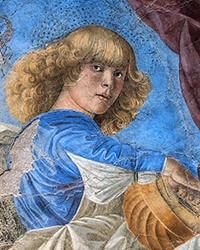
Melozzo da Forlì (1438–1494) – the one who introduced the delicate touch of Renaissance to Rome
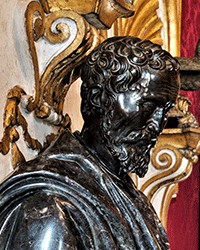
Michelangelo (1475–1564), a painter by force – divine, yet miserable
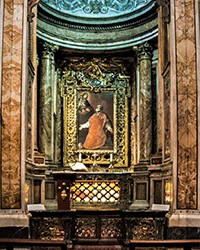
Onorio Longhi (1568–1619) – a vagabond architect
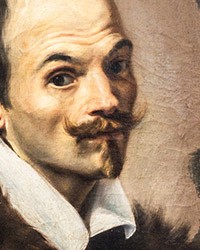
Orazio Borgianni (1574–1616) – a melancholic with intellectual ambitions and an explosive character
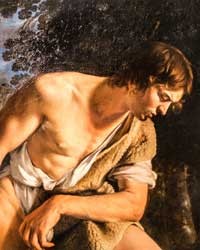
Orazio Gentileschi (1563–1639) – an intimate realist prone to rowdiness
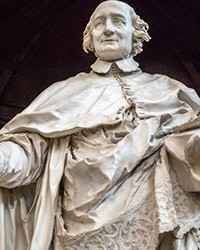
Pierre Le Gros (1666–1719) – the dramatically halted magnificent Roman career
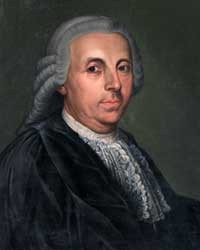
Pietro Bracci (1700–1773) – a master of elegance and theatrical gestures
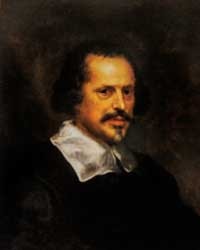
Pietro da Cortona (1596–1669) – a virtuoso of glories, triumphs and apotheoses of all kinds

Pinturicchio (1454–1513) – a creator of a simple, filled with grace storylines
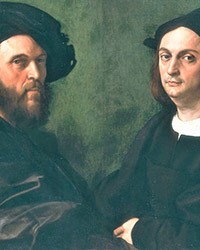
Raphael (1483–1520) – the prematurely deceased genius of the Renaissance
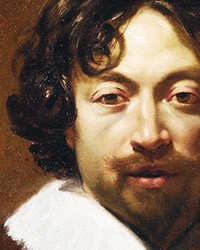
Simon Vouet (1590–1649) – the panache, flair, and richness of the Baroque
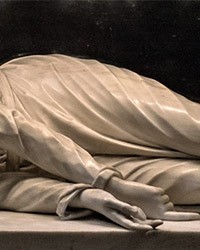
Stefano Maderno (c. 1570–1636) – an artist famous for just one statue
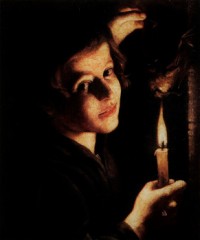
Trophime Bigot (1597–1650) – a mysterious master of candlelight
Zgodnie z art. 13 ust. 1 i ust. 2 rozporządzenia Parlamentu Europejskiego i Rady (UE) 2016/679 z 27 kwietnia 2016 r. w sprawie ochrony osób fizycznych w związku z przetwarzaniem danych osobowych i w sprawie swobodnego przepływu takich danych oraz uchylenia dyrektywy 95/46/WE (RODO), informujemy, że Administratorem Pani/Pana danych osobowych jest firma: Econ-sk GmbH, Billbrookdeich 103, 22113 Hamburg, Niemcy
Przetwarzanie Pani/Pana danych osobowych będzie się odbywać na podstawie art. 6 RODO i w celu marketingowym Administrator powołuje się na prawnie uzasadniony interes, którym jest zbieranie danych statystycznych i analizowanie ruchu na stronie internetowej. Podanie danych osobowych na stronie internetowej http://roma-nonpertutti.com/ jest dobrowolne.